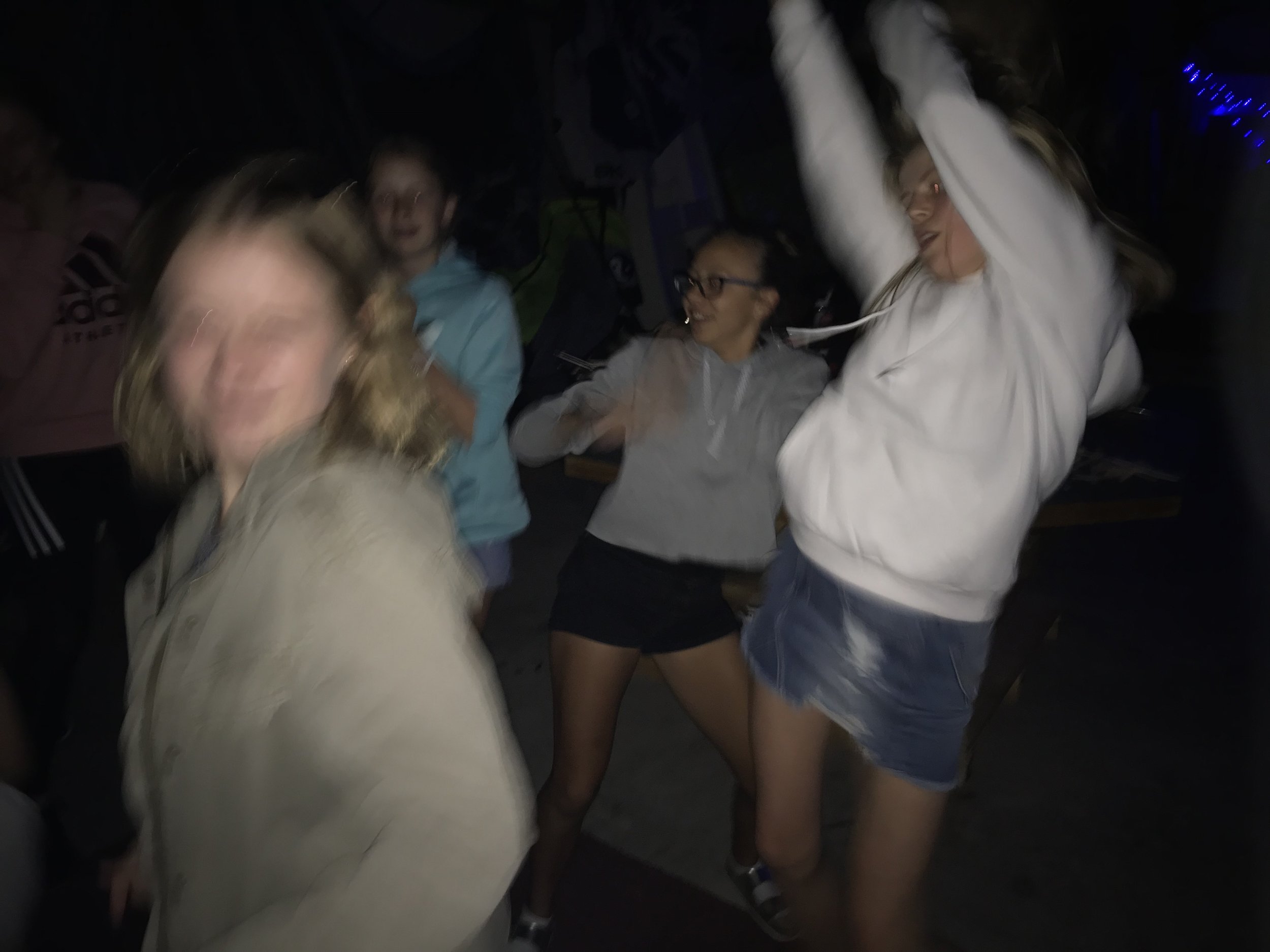Recently I went to a party in Invercargill where parents and their children around the age of 15 to 20 celebrated together. It was a nice party and everybody had a lot of fun. I had my iPhone with me and started shooting some pictures of people dancing and I caught a few shots that were a little blurry and grainy due to the low light. All in all they were average party pictures that I did not pay very much attention to.
Some weeks later I bumped into these pictures again when reviewing the iPhone shots on my computer. And here I realised that at least some of the pictures had a quality that I had not observed when skimming them superficially. To me it appeared that some of these pictures exuded the essence of what being young means. Being free, being oblivious of the surroundings, just captivated by music and the own movements. The pictures were still not very good snapshots but I could see something deeper in them.
So I took one of these pictures and started processing it. And step by step it changed into what I had seen in it before. To me it became the humble epitome of what being young can mean. Technically this picture has plenty of flaws and I am not even convinced that it is a “good” picture. But to me it has the quality of elevating a mundane scene into a metaphorical quality.
I certainly admit that this is just me, the way my own mind works and that I would not sell this image as a piece of major art. But to me it is a nice example of what we see in a picture and how we are able to transform our vision into something real existing.

